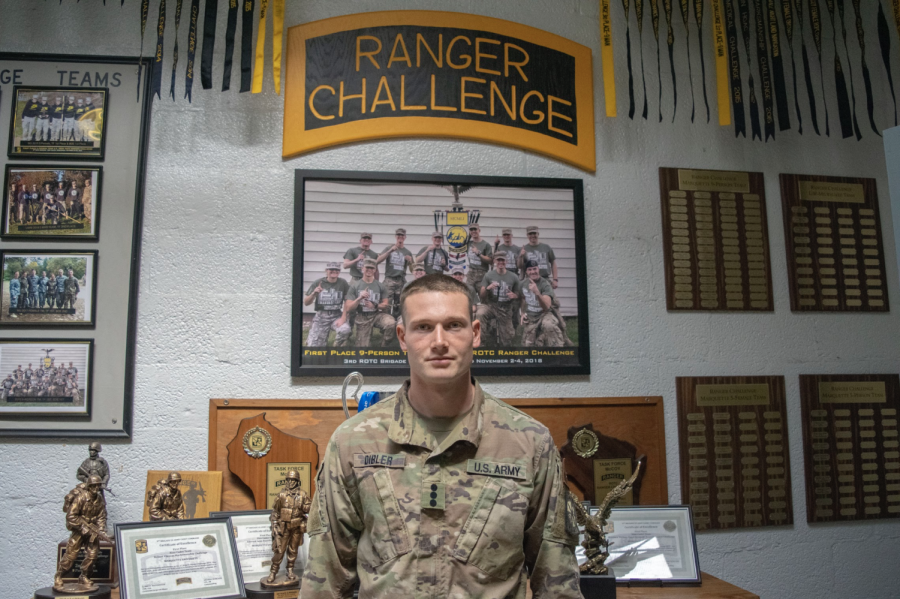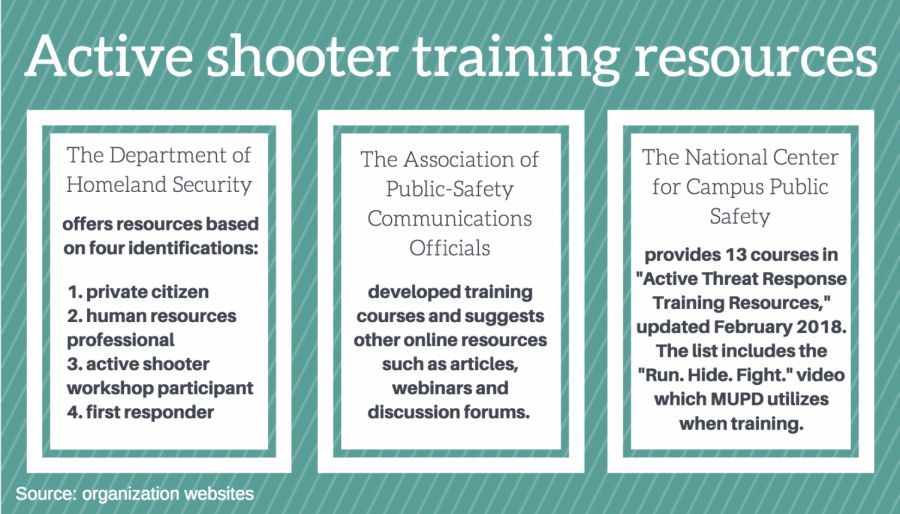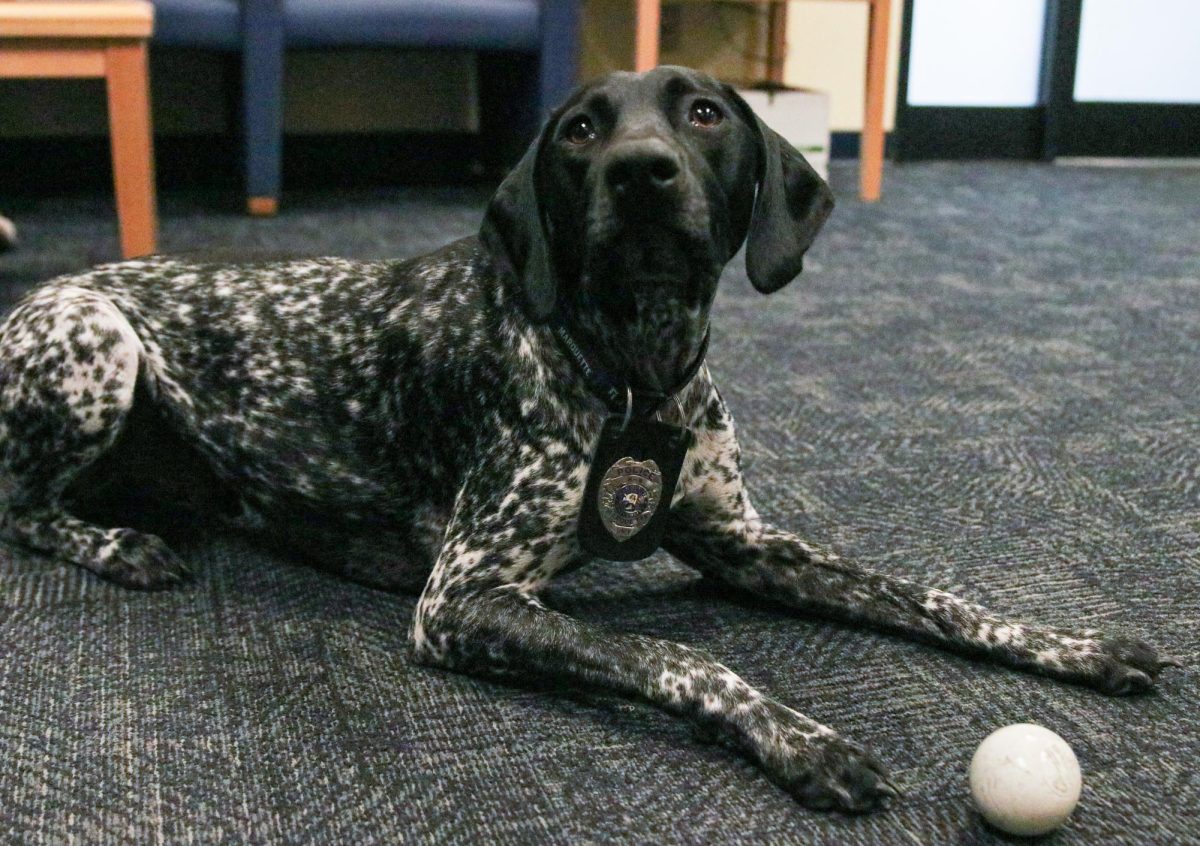In the wake of the Michigan State University shooting, Marquette must readdress how it informs students about what to do in the event of an active shooter. With an increase in school shootings over the last decade, it is imperative that Marquette demonstrates their concern for the safety of students through a strategic response in the wake of this tragic event.
Feb. 13 at 8:15 p.m. an active shooter was reported at Michigan State. Three students were killed and five others were critically wounded according to police. Police captured the suspect around 11 p.m., who then proceeded to kill himself.
This incident shows how Marquette is not immune to school shootings. Marquette and Michigan State are both universities in the Midwest; the shooting at Michigan State could’ve easily been at Marquette.
Shootings certainly aren’t becoming any less common. In 2022 there were 640 mass shootings in the U.S. which shows a sharp increase compared to just 2019 when there were only 417. Since 1966, there have been 12 shootings at colleges where more than three people were killed and outside of mass shootings there have been over 300 instances of gunfire on college campuses. While shootings at universities are less common than those at grade schools or high schools, it is still important that students be aware of what to do in the event of a shooting.
Although Marquette does have a very good infrastructure for student safety, such as the Marquette University Police Department and the Eagle Eye app, it fails to actively inform students on what to do in the event of an active shooter. Marquette has no compulsory active shooter training for students. It offers optional active shooter training from MUPD, as well as two videos online that cover the “Run. Hide. Fight.” protocol as laid out by the FBI. Both options students have to seek out to be aware of them. This training should be mandatory for everyone.
This is why Marquette must make greater efforts to inform students on what to do in the event of an active shooter.
According to the U.S. Department of Justice Office of Justice Programs, it is crucial for schools to have a critical incident response plan in place.
A similar program to Red Watch Band training, which is a course that first years take going over alcohol safety, should be instituted that goes over the particulars of the “Run. Hide. Fight.” protocol that Marquette follows. This protocol encourages students to, in the event of an active shooter, evacuate if possible, hide silently in as safe a place as possible and finally take action to disrupt or incapacitate the shooter.
During syllabus week professors and students should go over how they would respond to an active shooter in their respective classrooms. They should have a conversation about how students would exit the building, hide in the classroom or what could be used to incapacitate the shooter.
It is deeply necessary for students, faculty and staff to undergo obligatory training which lays out concisely what should be done in the event of a shooter on campus. These are people’s lives potentially at stake and even though the event of a shooting on a college campus isn’t overwhelmingly common, it is still important that Marquette inform students, faculty and staff properly on how to respond.
Editorial topics by the Marquette Wire are decided at weekly meetings between members of the executive board. The editorial is crafted with leadership by the executive opinions editor. The executive board consists of the executive director of the Wire, managing editor of The Marquette Tribune, managing editor of the Marquette Journal, general manager of MUTV, general manager of MUR, editor of Diversity and Inclusion and ten additional top editors across the organization.










